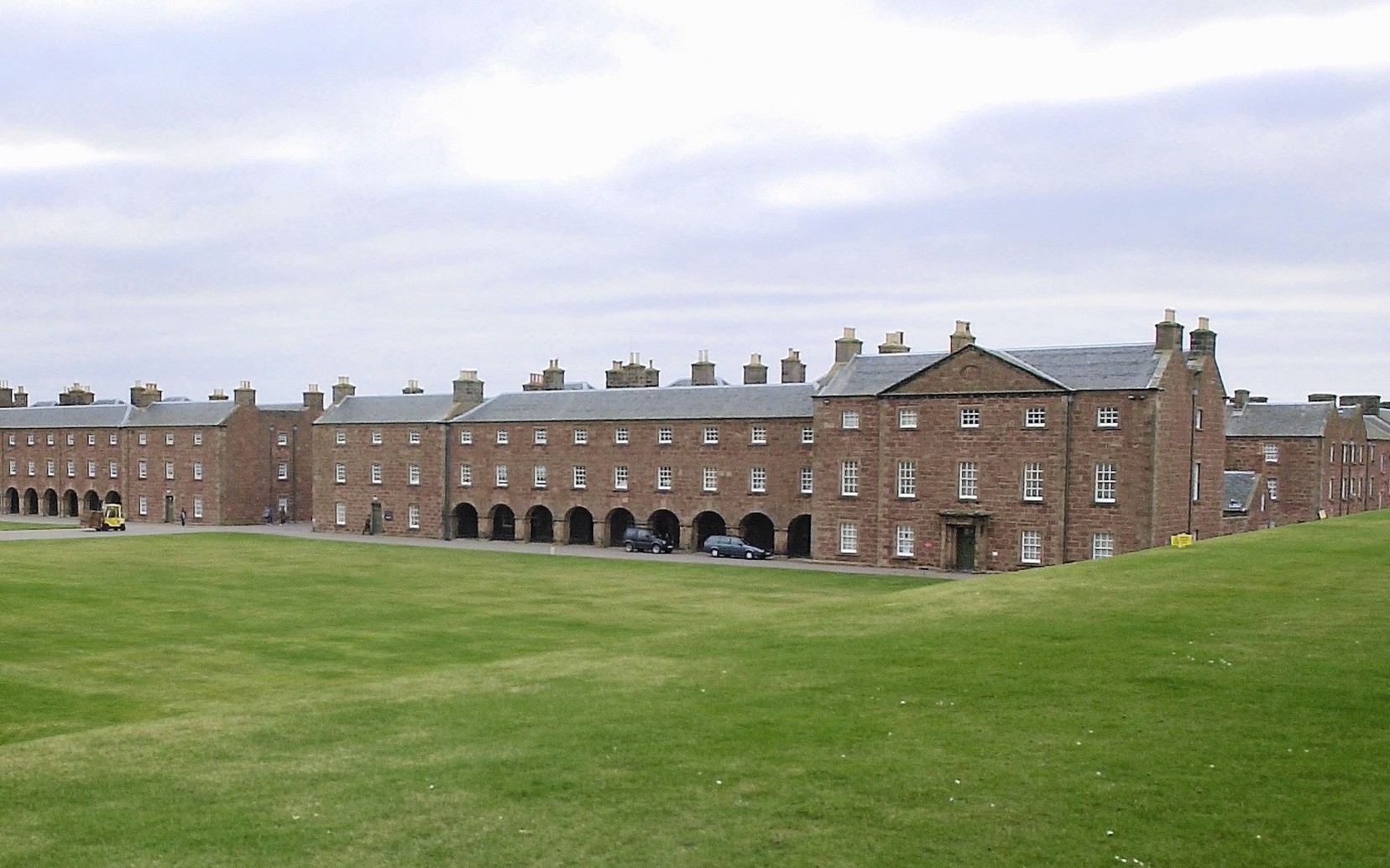
THE British Army is to end its near 250-year presence at the historic barracks of Fort George near Inverness.
The Sunday Post understands the MoD will tomorrow unveil long-term plans to axe its working garrison at the Highland fort, built following the Battle of Culloden.
A 500-strong Black Watch battalion is currently based at Fort George and will be moved to another base in Scotland.
It is understood the garrison’s closure date has been set for 2032 with defence chiefs hopeful the near two-decade run up will take the heat out of the controversial move.
However, critics last night described the plan as a “devastating blow” for the Highlands where Fort George is estimated to support 700 jobs and contribute £16 million to the economy every year.
Despite ceasing to be a working army base, Fort George – which gets more than 55,000 visitors a year – will remain open as a major tourist attraction.
Drew Hendry, SNP MP for Inverness, Nairn, Badenoch and Strathspey, said any closure of the working barracks, would be a “devastating blow to the communities in my constituency, that have a long and proud history of serving the military.
“There is no way any attempt to close – or commence a run down of this historic base will be simply be accepted by our communities. I will continue to press the UK Government to live up to its responsibilities to the area, the families who would be affected and to the historic Black Watch.
He added: “For months, I have asked the UK Government to share with us what their plans are for Fort George, yet the silence has been deafening.
“If this has, as I long suspected, in fact, been an attempt from this Government to avoid hearing out case for Fort George, then it is completely disrespectful to my constituents.
“The Scottish Government has already been locked out of this entire process, and the Secretary of State for Scotland has been actively briefing against Fort George. It is completely unacceptable and I will be demanding immediate answers from the Minister.”
Around 500 soldiers of the Black Watch (3 SCOTS) are currently based at the fort at Ardersier, near Inverness, on the southern shores of the Inner Moray Firth.
Former solider and independent Highland councillor Roddy Balfour, who helps organise the Highland Military Tattoo at Fort George, said: “There will be a huge impact on Inverness, it’s sad.
“The whole thing is a muddle – the fact is Inverness is a great place for the battalion to be placed.
“But with the way things are going in the world, I think that within 10 years our armed forces will start expanding again.
“We’re going to need every accommodation unit we’ve got. The range too, is the best training firing range in the United Kingdom.”
He added: “But whatever happens, they can’t close it completely because it’s a series of Grade A-listed buildings. The chapel is still the regimental chapel of the Queen’s Own Highlanders, there’s an obligation to maintain that for another 30-40 years until the last members of that regiment die.”
Parts of Fort George are open to the public as a visitor attraction and house a museum recalling the exploits of Scottish regiments past.
More than 55,000 people visit the fort annually and the army base closure will not affect the popular tourist attractions.
More than 6,000 people signed a petition by our sister paper the Press and Journal calling for Fort George to be kept open, including Hollywood actor Hugh Grant, whose grandfather, Col James Murray Grant, was a Seaforth Highland and depot commander at the fort during World War II.
Any cash raised from selling off Fort George and dozens of other MoD sites across the UK is to be reinvested in the armed forces, defence chiefs have pledged.
A spokeswoman for the MoD declined to comment when approached by The Sunday Post.
READ MORE
In pictures: Incredible images from Army Photographic Competition showcase life in the forces

Enjoy the convenience of having The Sunday Post delivered as a digital ePaper straight to your smartphone, tablet or computer.
Subscribe for only £5.49 a month and enjoy all the benefits of the printed paper as a digital replica.
Subscribe